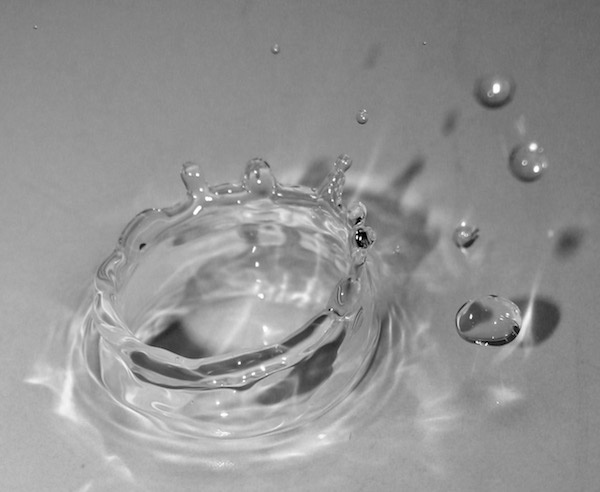Jdhughen
New Member
I'm mapping and rebuilding a sprinkler system for property I recently purchased. The owner had passed a few years back and the widow didn't know anything about what had been installed. After getting the pump running again, locating all the valve boxes, supply lines, and control cabling, I started on the zones. the system is ten years old so I'm upgrading most of the in ground rotors as I go. Many of the rotors in shrub areas are elevated 18" to 30" on 3/4" PVC risers. I've noticed that funny pipe was used a lot for the jump from the 1" or 1 1/4" supply lines (it varies by zone) to the sprinkler heads. Risers are supported by being pipe clamped to 2-3' 3/8" rebar stakes in the ground. These are all 3 GPM rotors, a mix of Rainbird 5000, and Hunter PGP. Most funny pipe usage is within the 24" limit I read about but many are over, a couple as much as 8' coming off 1 1/4" zone supply line. Is this a issue and should it be replaced with PVC closer to the head?
Also how do you account for funny pipe pressure loss in zone calcs for overall pressure loss / requirements?
I've read that zone pressure readings should be take from the "last" sprinkler head ? I have a zone that the supply tees off into a kind of "H" configuration? Do I just used the head that has the furthest pipe run from the valve ?
Thanks
Also how do you account for funny pipe pressure loss in zone calcs for overall pressure loss / requirements?
I've read that zone pressure readings should be take from the "last" sprinkler head ? I have a zone that the supply tees off into a kind of "H" configuration? Do I just used the head that has the furthest pipe run from the valve ?
Thanks

